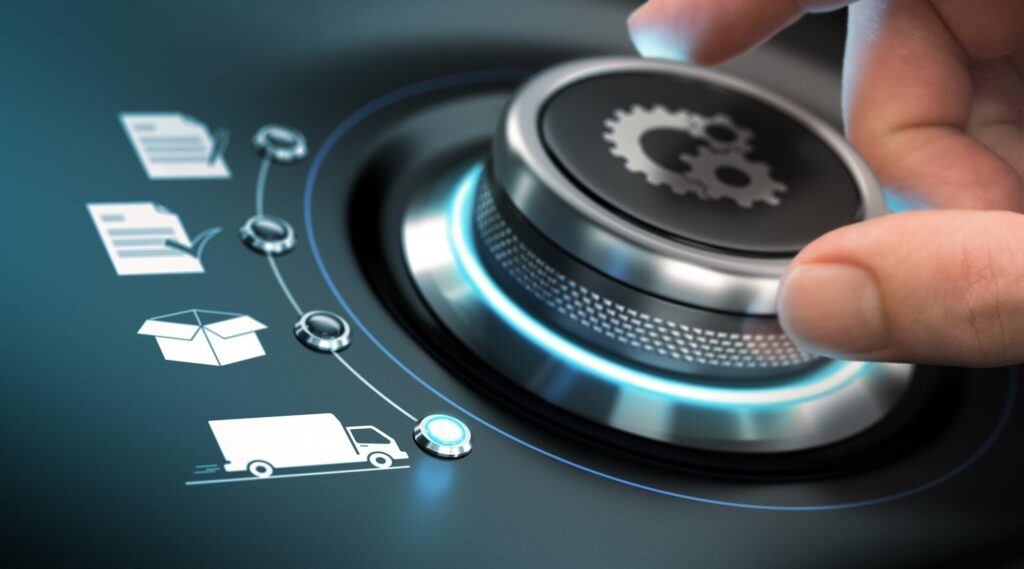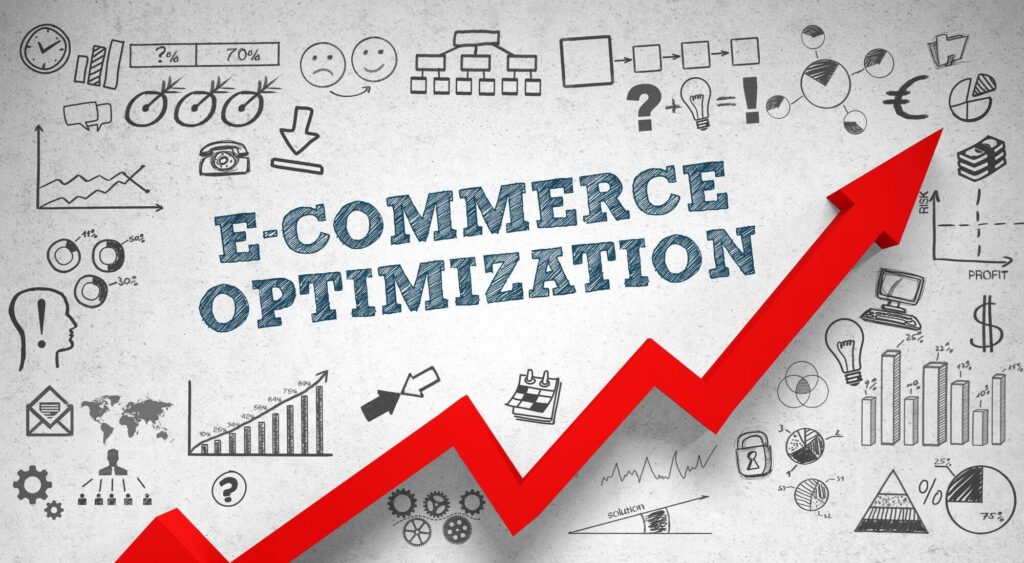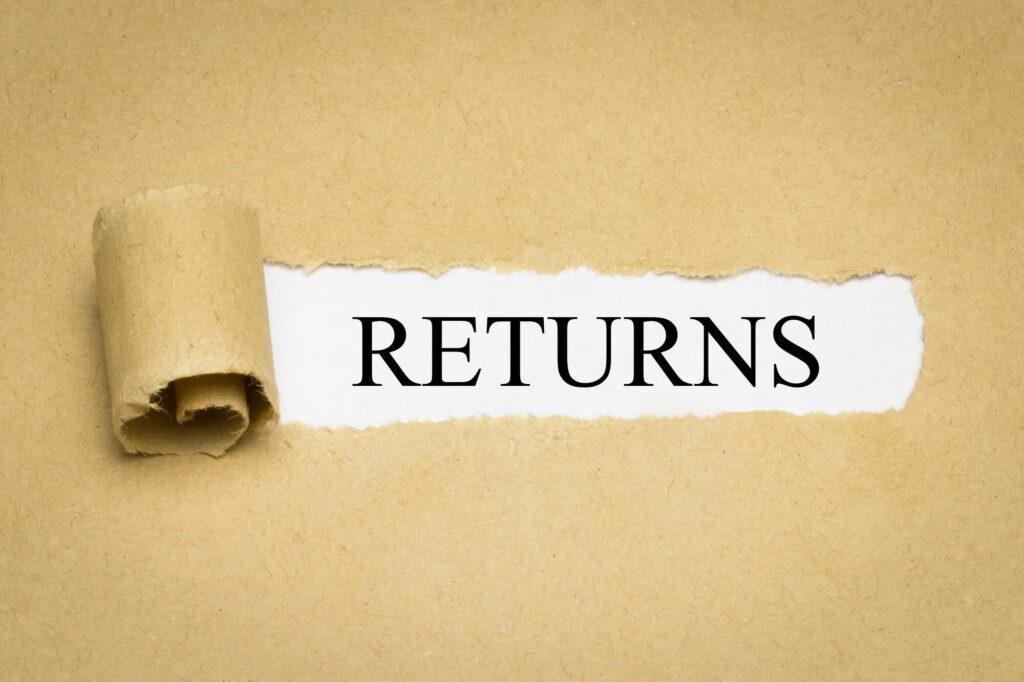How The Pandemic Accelerated Technology Advances in Last-Mile Delivery.
You have undoubtedly read of the many challenges facing the global supply chain in the last two years, but the pandemic had an even farther-reaching effect on e-commerce. Online transactions are expected to rise 55% beyond 2021 levels to $7.5 trillion in 2026.
The most affected from that volume of sales growth will be last-mile delivery. The race to provide better delivery options has forced rapid technology advances.
Keep reading if you wonder about these advances and how COVID accelerated the need. Following is a look at today’s last-mile delivery solutions and how the pandemic affecte its development.
Changing Shipping Options
When we asked what is last-mile delivery before the pandemic, we immediately thought of the Amazon effect. The world’s largest e-commerce retailer gave the consumer new expectations. Yet, shipping options that brought goods to our door were no longer
enough.
The trend shifted to free last-mile delivery and faster service. Food purveyors have provided last-mile delivery as a service for many years. Local retailers caught on to the model as local delivery options for essential items.
However, for retailers with a broader reach, technology advances lagged. Amazon benefits from developing warehouse solutions for its products. The company keepsoverhead costs lower while providing better shipping options.
Competing retailers began to invest in creating shipping advances, and the pandemic hit. More people around the globe had no other choice but to order from home. Last-mile delivery got tested to its limits.
As COVID became more entrenched, online shopping became therapy for many people. E-commerce grew as a necessity and as a pastime.
The supply chain disruptions caused by COVID-19 put further strain on last-mile delivery. With workforces reduced, goods traveled at slower rates. These challenges forced technology advances to become critical features in new solutions.
What Is Last-Mile Delivery to the Retailer?
Even as we come out of the pandemic lockdowns, habits have changed forever for consumers. Yet, the new normal for retail put more pressure on creating delivery options. The most significant challenge of all is the cost of last-mile delivery.
Last-mile has always been the most expensive of shipping options. Costs derive from fleet operation in urban centers where traffic changes can affect efficiency. Home delivery to rural addresses also accumulates with the cost of travel distance to a fleet.
Besides fuel costs, time constraints affect last-mile delivery. The time window for delivery options is narrower when dealing with individual customers. Retailers who fail to react to these conditions risk losing customer loyalty.
Challenges for Shipping Advances
One of the early solutions for local last-mile delivery was the gig economy. Startups that relied on a driver force benefited on two fronts. First, revenues increased with demand for home delivery options.
Labor was getting disrupted because of COVID lockdowns. As a result, more people became available to meet the demands of online consumers. Technology advances in GPS put tracking systems at everyone’s disposal.
Crowdsourced delivery apps allowed undertrained drivers to perform last-mile delivery. Companies tracked the movements of gig performers at little cost. However, the margin for inefficiency increased with the lack of fleet control.
The gig economy helps local delivery options, though shippers with a broader range need solutions from other technology advances.
Better Delivery Options
Last-mile delivery began with improving the customer experience. Technology advances gave shoppers the visibility to track shipments. The customer got to see where their package was in the delivery process.
Customers on the move can change delivery options at the touch of a button. They can also send instructions to drivers about where shipments can be left.
The information showed expected delivery times or any reasons for delays. Transparency in the tracking also created a better image for the retailer, and new technology advances give companies more shipping options for routing. Shippers avoid elements that prevent prompt delivery with the ability to alter routes.
Shippers have consistent access to weather and traffic conditions. With data, they can ensure the delivery of products on time and without damage.
Another solution to better delivery options is the use of urban warehouses. Larger retailers are testing the tradition of bringing goods closer to the consumer. Having products on hand nearby will reduce delivery times and save operating costs.
A benefit to retailers is a larger pool of labor to draw from in urban areas. Companies like IKEA and Walmart have been urban warehousing for years.
Technology Advances for the Future
The evolution of e-commerce throughout the pandemic created the need for new processes. The volume of last-mile delivery movement alone is a driving factor, but the cost of doing business is enormous
Businesses have chosen varying routes to improve the last-mile delivery service. While some have created in-house fleets to manage efficiency, others chose a hybrid model. They combined company vehicles with 3PL logistics partners.
Yet, the most extensive technology advance may be in automation. The use of robotics for last-mile delivery will save high labor costs. In the case of distribution depots, automation reduces package handling by humans.
Automation reaches beyond the warehouse to delivery options themselves. Companies are testing the use of drones for delivery to rural areas. Operated by remote control, drones will save the fuel costs of delivering to small towns.
Of course, another form of robotics is in self-driving vehicles. Powered by EV motors, electric shipping options are another fuel saver. Any or all these innovations would transform last-mile delivery for future success.
Yet, for customer experience, cloud technology advances are more visible.
Commerce Drives Last-Mile Delivery
Eventually, the supply chain will catch up again with the world of commerce. What’s changed is the way people do business. The e-commerce model formed a habit that will continue to grow with consumers.
Last-mile delivery is the critical element that needs constant attention. As technology advances, new solutions will emerge.
It all begins with the innovations of today. Technology advances are more available than ever to businesses of all sizes. Wherever your business is on the scale, contact us today to learn how our technology advances will improve your delivery options

Join our Newsletter
Get all the latest news directly to your inbox!

Join our Newsletter
Get all the latest news directly to your inbox!
Related Posts
- March 1, 2024




